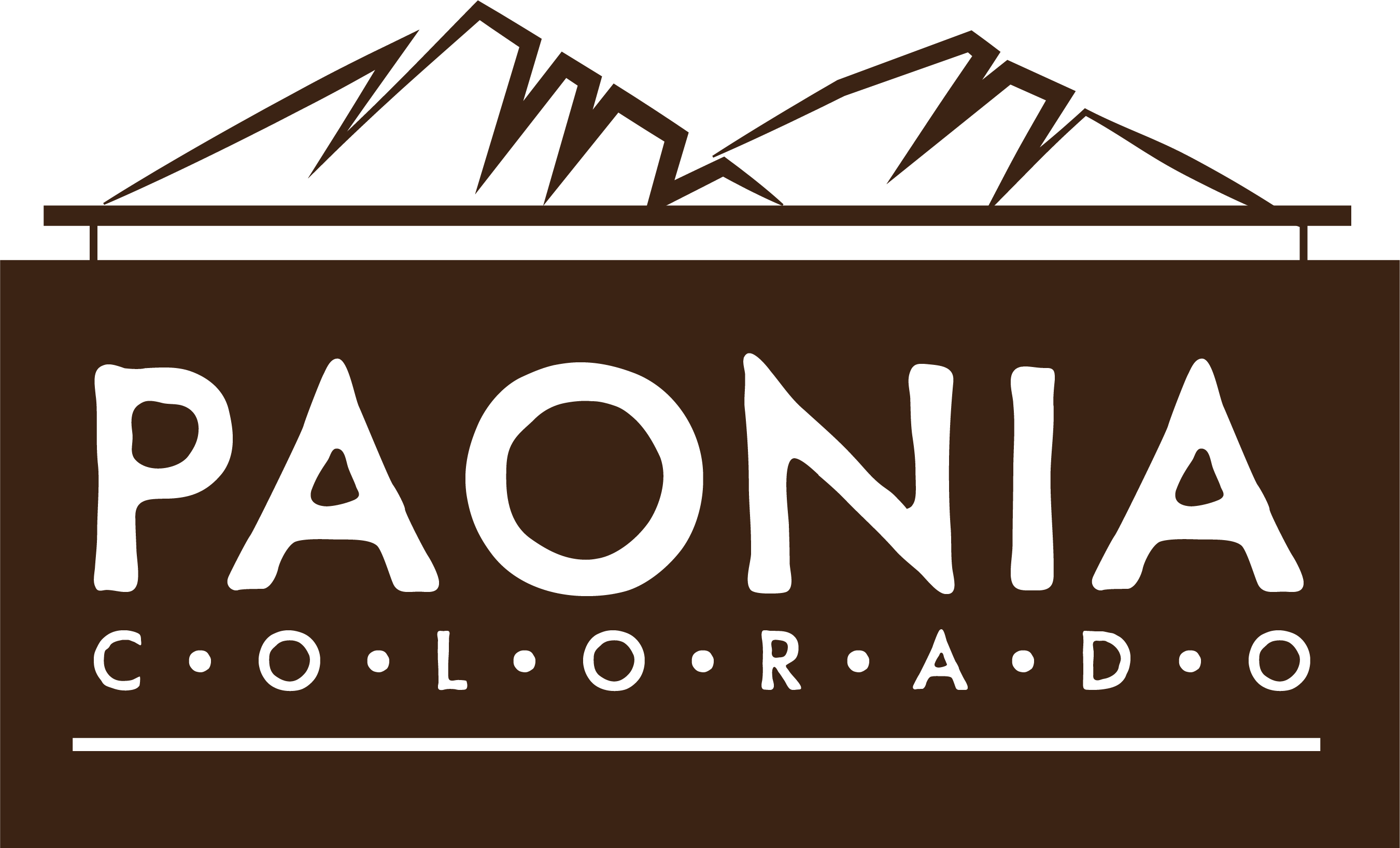Snow
DEICERS AND SIDEWALKS
If you remember your days in chemistry (I don’t), salts are combinations of anions (negatively charged particles) and cations (positively charged particles). Examples are sodium chloride (table salt), potassium chloride (used as a fertilizer) and magnesium chloride (the one you see trucks spraying on our roads). The most problematic element in these salts is chloride…it’s a corrosive ion that damages metal and concrete and is toxic to plants.
Salt damages plants by dehydrating plant tissues (causing burn) or by being toxic in high levels. While most plants have some tolerance to salt injury, repeated applications of deicing products during the winter can result in dieback or even death the following spring. Misapplications of deicers (i.e. dumping piles or using too much) can wash into the storm sewers, causing pollution. Before buying or using any product, read the label carefully and thoroughly and use only as directed.
Sodium chloride: It’s the most widely available and the cheapest. It doesn’t cause corrosion to concrete, and melts ice best when temperatures are in the 20s. It is the most damaging to plant material. If you use this product, use sparingly and in small amounts.
Potassium chloride: Our salty fertilizer friend. It’s expensive and not as widely used as a deicer because of rising costs of fertilizer. Works best when temperatures are above 15 degrees F. Because it’s most commonly used as a fertilizer, it’s relatively safe to apply near plants.
Magnesium chloride: Good ol’ mag chloride. It’s the most common product used on our roadways before storms (applied as a “brine”), because it lowers the freezing point of soon-to-arrive precipitation. It can melt ice down to -15F, which is a nice benefit. If applied in moderate amounts, it’s relatively safe for plants and pets. Its corrosion potential is low, as is its pollutant possibilities.
Calcium magnesium acetate (CMA): A new kid to the deicing block, it has low corrosion potential, so it’s less damaging to cars, metals, sidewalks and plants. Notice it’s not a chloride product…the “salt” comes from the calcium-magnesium mix and the acetate replaces the chloride. Plus it’s biodegradable! Its ice-melting properties are equivalent to traditional deicers, but the cost will make you gasp…it may be 20-30 times as expensive as sodium chloride products. These are often touted as “pet friendly”.
Before using any product, clear away as much snow and ice as possible. Get out your shovel and do your best. If heavy snow is predicted, then try to shovel more frequently. Remember, deicing products are not meant to melt all snow in and ice, but aid you in your removal efforts. If you want to avoid chemistry in your landscape, then consider using sand or kitty litter. While they don’t melt snow, they can provide some much needed traction in slippery spots. Sand and kitty litter are also safe for pets and plants and can be swept up when the snow melts.
Source: Colorado State University Horticultural blog “Is there a Safe Deicing Product for Sidewalks and Plants”
http://csuhort.blogspot.com/2013/12/is-there-safe-deicing-product-for.html
Click here for Town of Paonia Snow Plow Routes
